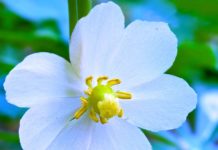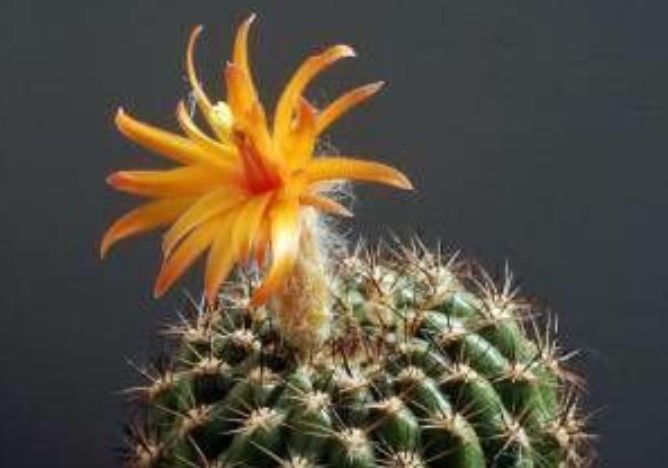How to Grow Begonia? There are several types of Begonia you can grow indoors. All of them are very different from one another in the way they look and grow, and all with their own special virtues. The fibrous-rooted wax begonias, which are normally grown most often as outdoor annuals, make fine ever-blooming houseplants.
Tuberous begonias can also be grown as houseplants. Though they will only bloom in summer, Angel-wing begonias (Begonia coccinea). The fibrous-rooted, cane-type begonias grow up to 4 feet and more and bear dangling clusters of small flowers almost year-round. Iron cross begonias “B. masoniana” are foliage plants, growing 1 ½ feet tall from rhizomes. They have valued their crinkly, apple-green leaves, which are marked in the center with a dark green cross.
Perhaps the most spectacular and popular begonias grown as houseplants are Rex and Rieger begonias. Rex begonias “B. rex-cultorum” grows from rhizomes and has small pink or white flowers in spring. But they are most prized for their large, magnificent leaves, which are an intricate brocade of green, red, bronze, pink, or silver.
They make a lavish mound a foot tall or a bit more miniature varieties that are 6 to 8 inches. Rieger begonias “B. x hiemalis” often have colored leaves but are grown for their profuse. Which are showy flowers at least 2 inches across in shades of red, pink, orange, and yellow. Which provides months of color in winter? They are fibrous-rooted.
Begonia in general, like plenty of light and flowering types, should have several hours of sun each day for the best winter bloom. The daytime temperature should be in the 65- to 75-degree range, a bit cooler for Rieger begonias, and not below 50 degrees at night. All especially rex begonias like humid air, but it must circulate well to avoid mildew, especially the large-leaved types.
Soil should be a nice, light, organic mix, like that sold for African violets. It should be kept evenly moist or just slightly dry between waterings. But drainage must be excellent, and you should avoid wetting the leaves. Fertilize lightly with a balanced fertilizer about every two weeks while plants are in active growth, or in the case of Rieger begonias, all year. Fibrous-rooted kinds should be re-potted in spring as needed; those with rhizomes go in shallow pots and should remain root-bound until you can see rhizomes all over the soil surface.
Moreover, Rieger Begonia, which stops blooming, can be cut back to several inches to produce fresh, flowering growth. Stems of Rex begonias should be cut back to the base if they start to get leggy. Wax begonias also benefit from being cut back, and stems of angel wing begonias without leaves should be cut back in early spring to make new growth. All begonias can be propagated easily by stem cuttings. With Rex and Rieger begonias, leaf-cutting is also a good method.
Read More: –White Lily: Flower Forms in Dense Colonies







